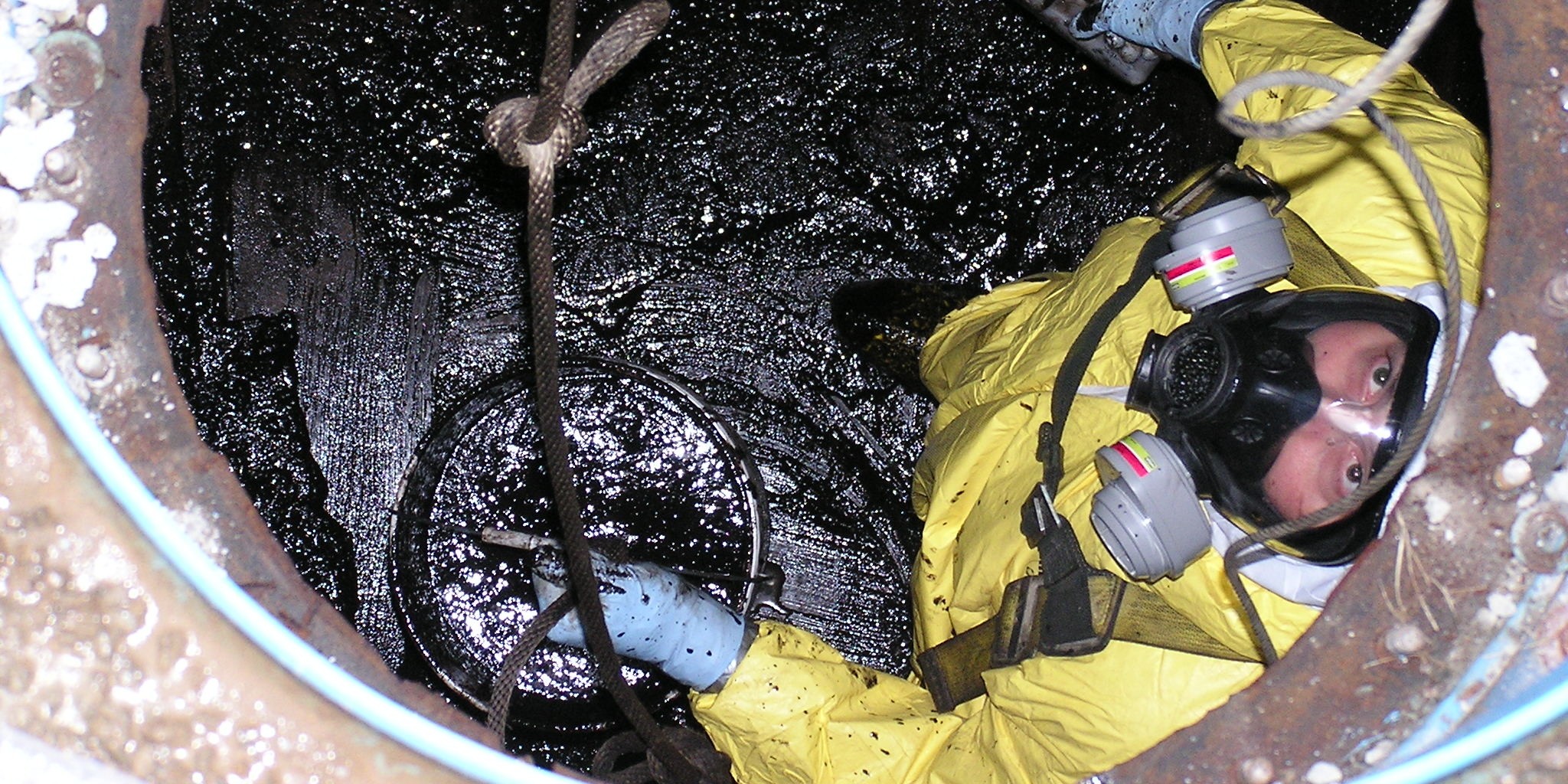If you’re starting the process of getting a site remediated, whether it’s getting it analyzed for contaminants or receiving a final opinion on the course of action, the next step is to start the site remediation project itself. But what does it entail and who is needed to complete it? Below we’ll be going over common contaminants, the steps in a remediation project, and who you need to complete these complex projects.
Types of Environmental Remediation
The types of remediation and decontamination projects are as diverse as the types of contaminants and locations. Typically for businesses or governmental agencies, the type of decontamination falls into one or more of three categories:
- Contaminated Soil: Whether it’s from liquids, gases, or solids, soil can quickly absorb and become toxic with contamination. This soil needs to either be treated or disposed of.
- Contaminated Water: Groundwater or water-based sediment can absorb contaminates and then pose a larger environmental risk to the water table. Water needs to be contained and treated.
- Building Remediation: Industrial buildings and related objects, such as underground tanks, can leak, corrode, or release contaminants upon destruction and must be excavated and disposed of.
If you have more than one situation, such as soil contamination due to buried tanks at risk of leaking into the groundwater, the project’s complexity and needed response grows.
Steps in a Site Remediation Project
So, what are the steps when it comes to a site remediation project? In Massachusetts, the following steps need to occur, from finding the problem to final review, as outlined by the Massachusetts Department of Environmental Protection (MassDEP).
- Discovery: First, contamination is found on your property. This could be voluntary testing or as part of a survey or settlement of the government.
- Assessment: In MA, a Licensed Site Professional (LSP) is then hired to assess the site, see if it requires remediation, and recommend a course of action.
- Contractors: Next, you’ll need to find contractors to execute the scope of work. The LSP may recommend some, but often you’ll need to find your own.
- Remediation: The contractors will remediate the site, which often includes installing barriers, treating water and soil, and disposing of materials and waste.
- Audit: The site is then reassessed to make sure requirements from the scope are met. MassDEP also audits a percentage of all cleanups to demonstrate that the work completed meets the state requirements.
The Tools and Expertise Needed
There are a lot of moving parts when it comes to site remediation, requiring an expansive number of tools, trucks, personnel, and expertise—not to mention a whole lot of paperwork. Earth movers will be required for excavation and soil removal, specialized pumps and vac trucks for water, and specialized tools for containment and remediation. Skilled technicians, drivers, and planners are required to plan out these jobs, handle the equipment, and keep proper documentation and everyone up to date. Instead of juggling several contractors for various steps, you need someone to handle it all for you.
That’s where we come in. NEDT provides everything needed to remediate contaminated properties and restore them for future use. From industrial facilities to residential homes, we have the ability to clean your property. We’ve been in business for over 25 years and have the connections with the state, LSPs, and contractors to meet all your needs and get your site quickly remediated and ready for use. From hazardous waste disposal to tank removal, our fleet of vehicles and staff can make your remediation project as quick and easy as possible. Contact us today to learn more and start the process.






